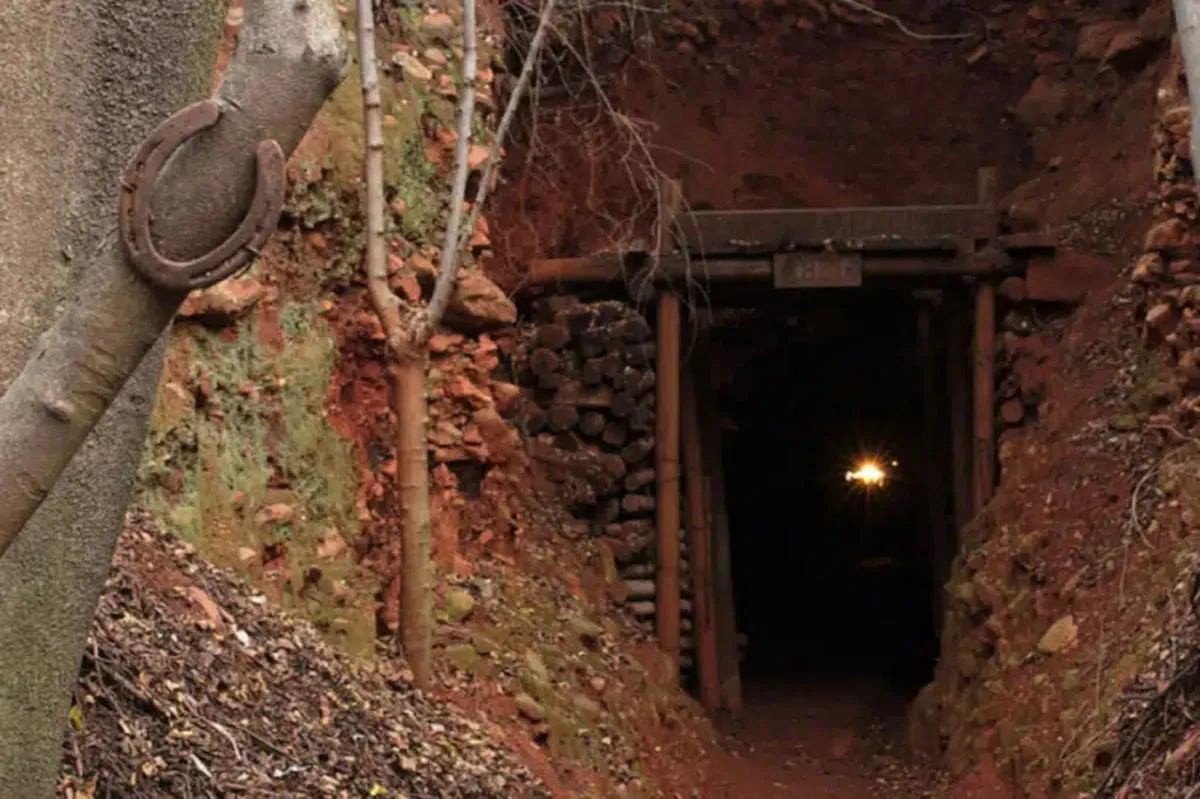
Australian firm to launch gold mining operations in South Africa
South Africa will open its first new underground gold mine in over a decade, signaling a revival in the country’s once-dominant gold industry.

South Africa will open its first new underground gold mine in over a decade, signaling a rare revival in an industry that has sharply declined.
Australia-listed West Wits Mining will begin operations at the Qala Shallows mine on Johannesburg’s western edge in 2026.
The $90 million project, the nation’s first underground gold venture since 2009, is projected to yield about 70 000 ounces per year over 17 years.
Record-breaking prices
The project begins production as gold prices hit record highs, trading around $3 340 per ounce—a 27% rise in 2025 alone.
West Wits CEO Rudi Deysel said the price surge has boosted the project’s viability.
“We are really the only formal company trying to start a new mine in South Africa’s gold industry,” said Deysel.
Mining will start during the mine’s three-year construction phase, backed by $50 million in combined financing from the Industrial Development Corporation and Absa Group.
The team will process the ore at Sibanye Stillwater’s existing facility, eliminating the need to build a new plant.
Qala Shallows sits in an untapped section of the Witwatersrand Basin, where a historic gold rush founded Johannesburg in the 1880s.
The site had last been active in 2000.
Output has declined
The new mine will reach a maximum depth of 850 metres, much shallower than some of South Africa’s deepest mines, which extend beyond 3 kilometres.
Operators estimate production costs at under $1 300 per ounce.
Once the world’s top gold producer, South Africa has seen output drop by more than 70% over the past 20 years.
High operating costs, deep-level mining, labour pressures, and electricity instability have all challenged the sector.
Gold mining employment now stands at under 90 000 workers, a fraction of the peak seen in the 1980s.
Mining historian Duncan Money notes that while South Africa’s political and regulatory environment is often cited as the cause of the industry’s decline, global expansion driven by earlier gold booms played a greater role.
“The demise of South Africa’s gold industry is usually told as a morality tale about bad domestic politics, but the crucial development was the worldwide expansion stimulated by soaring gold prices in the 1970s and 1980s,” Money said.
Despite these obstacles, Qala Shallows offers a promising opportunity, bringing new jobs and economic activity.
The project could generate about $2.7 billion in revenue over its lifespan and may signal a modest revival for one of South Africa’s most historic industries.
